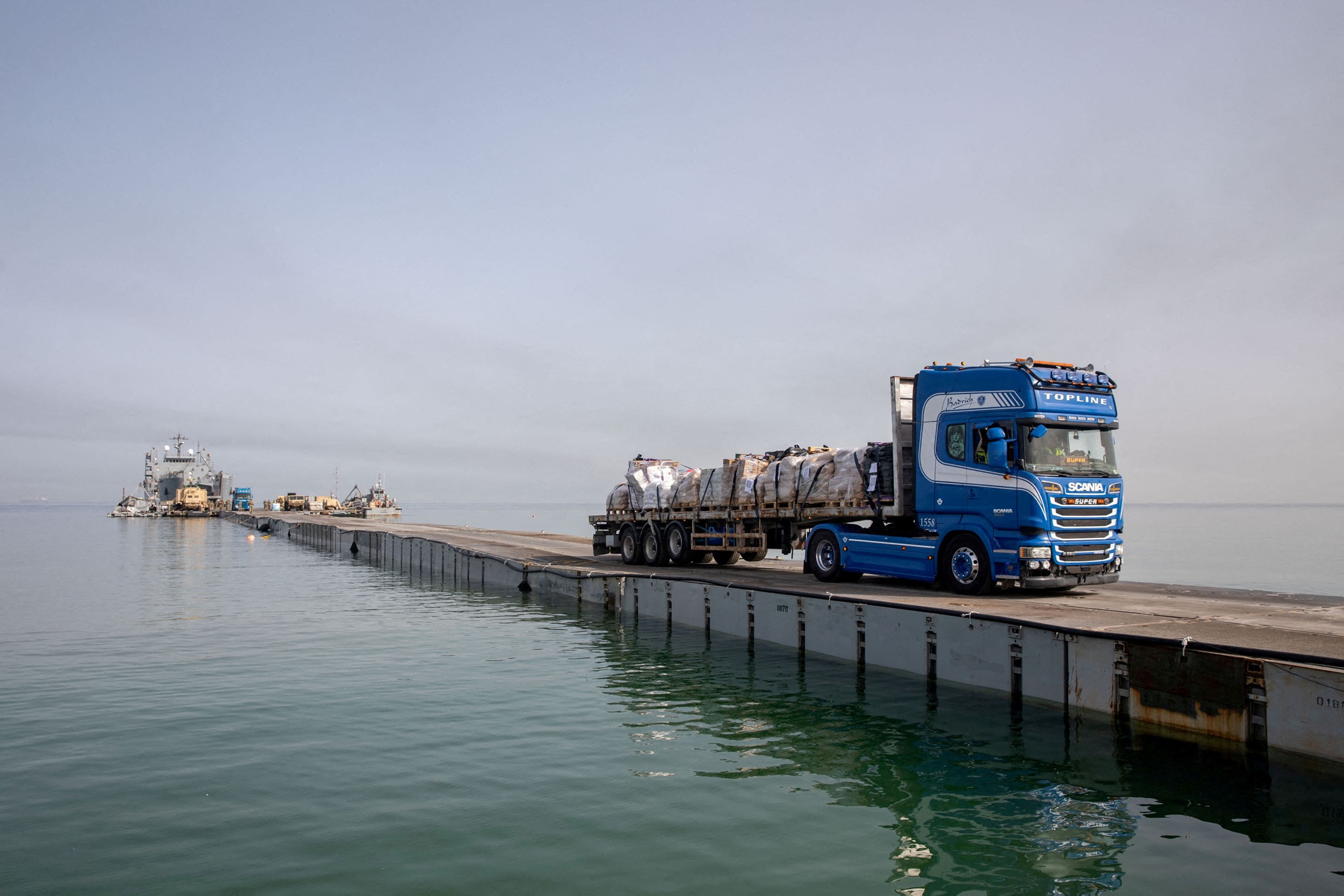The installation of a U.S.-constructed floating pier on Gaza’s beach has proven ineffective in addressing Gaza’s severe humanitarian crisis, local officials stated on 10 June. “This pier is useless,” declared Salama Marouf, head of Gaza’s government media office, in an official statement. Marouf highlighted that since its inception in mid-May, the pier has facilitated the entry of humanitarian aid equivalent to 120 trucks. However, he criticized this effort as insufficient to meet the dire needs of Gaza’s population. The Palestinian official attributed the ongoing humanitarian catastrophe to U.S. actions, calling on the international community to act swiftly to ensure the unobstructed delivery of humanitarian aid throughout the Gaza Strip. The U.S. Central Command (CENTCOM) announced Saturday, 22 June, the resumption of aid deliveries via the temporary pier. This announcement followed a period of inactivity after the pier suffered damage in rough seas late last month. A Costly Endeavor A USD 320 million (EGP 15 billion) floating pier, constructed by the United States for aid delivery, has been attached to Gaza’s shore and began operations in mid-May, according to the United States Central Command (CENTCOM). However, aid groups have criticized the…




